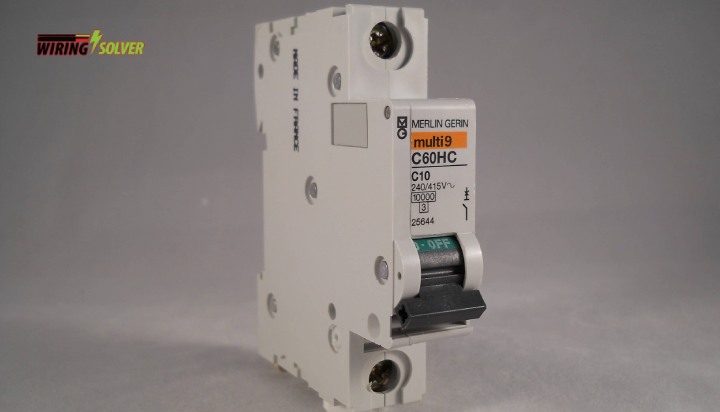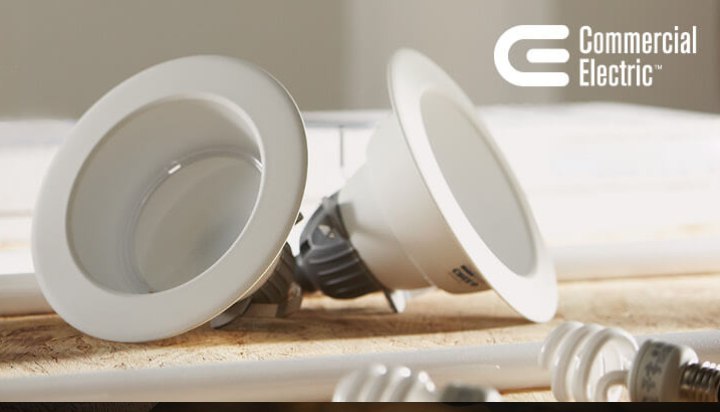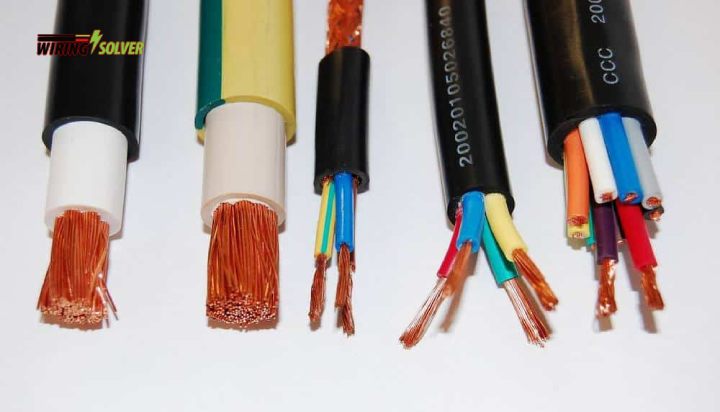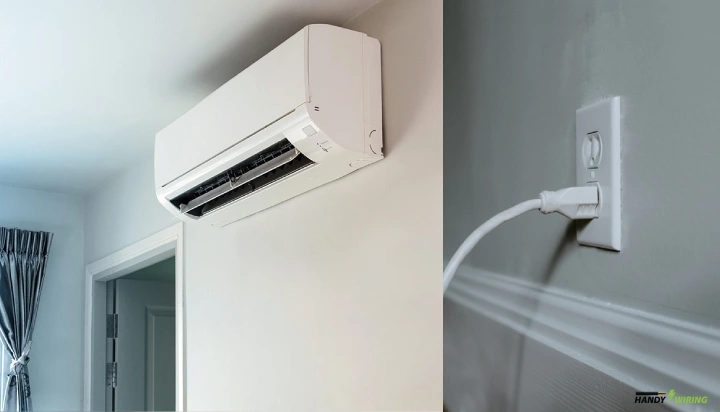There are different types of switches available around us. People tend to choose the type they need to get their work done. Among these 1-way, 2-way and 3-way switches are very common. Each of them has their own unique characteristic. So, what makes them different from each other?
A 1-way switch is a normal switch with two terminals, that is, single pole single throw. While 2-way and 3-way switches are single pole double throw switches. The main difference between a 2-way and 3-way is the different number of locations you can use them to control a fixture.
I am going to articulate the difference in their characteristics as well as their various application.
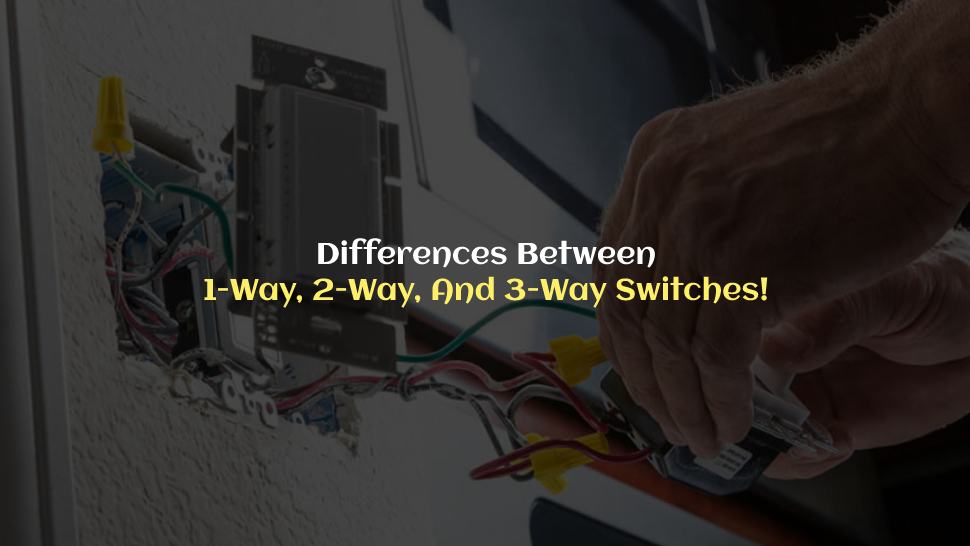
1-Way Switch Vs 2-Way Switch Vs 3-Way Switch: Quick Comparison Table
Let’s look at the differences between the 1-way, 2-way and 3-way switches.
| Features | 1-way switch | 2-way switch | 3-way switch |
| Number of Terminals | Two | Three | Three |
| Number of Controllable locations | One | One | Two |
| Number of Poles & Throws | Single Pole Single Throw (SPST) | Single Pole Double Throw (SPDT) | Single Pole Double Throw (SPDT) |
| Number of travelers | One | Two | Two in each of the two switches |
| Number of Switches Needed for the circuit | One SPST | One SPDT | Two SPDT |
| Connection | It is connected like a simple switch in between the circuit at one place. One terminal is connected to the hot wire, the other to the fixture. | Hot wire is connected to the common port, while the travelers can be connected to one or two fixture. Fixtures are controlled from one place where is switch is located. | Needs two 3-way switches in both sides with one or more 4-way switches to control a fixture from 3 or more different locations respectively |
| Price | Cheapest form of switch | Costs more than normal 1-way switches | Two 2-way switches needed here. So, the price is double the price of a 2-way switch |
The basic difference between 2-way and 3-way switches:
2-way and 3-way uses the same type of SPDT switch but the number of switches used is different in the systems. A 2-way switch uses only one SPDT while a 3-way switch uses two SPDTs. Thus, you can use a 3 way system to control an appliance from two different location which is not possible in a 2-way system.
What’s The Detailed Difference Between 1-way, 2-Way And 3-Way Switch Based On their characteristics?
Structure:
1-way switch has only two terminals with one traveler.
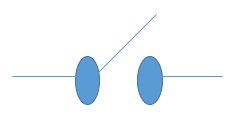
A 2-way switch consists of three terminals where one is the common port and the others are travelers.
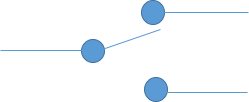
A 3-way switch is the combination of two 2-way switches.
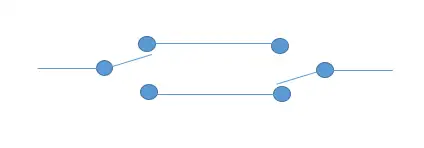
According to structural aspects there’s no better or one to choose over the other. You can choose any one according to your need.
Application:
A 1-way switch is simply used to control an appliance from one location. It turns on and off the appliance.
A 2-way switch is applicable where you need to control a two appliances or two modes of a single appliance at a time using a single switch.
A 3-way switch gives you the flexibility to control an appliance from two different places.
Here, the switches serve different purposes. So, you cannot choose a better one from these. But in case of controlling a fixture from a single place you can choose a 1-way switch over 2-way switch as it is cost-efficient.
Connection Method:
1-way switch has the simplest form of connection. Figure-1 shows the connection method of a 1-way switch. The line is connected at one terminal of the switch and the other terminal is connected to the light.
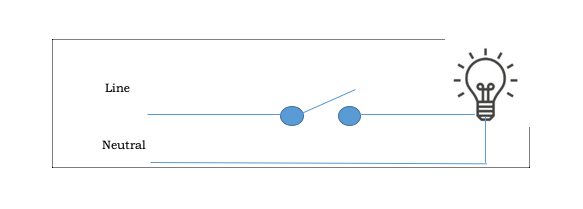
Figure-2 shows the connection method of a 2-way switch. Actually it’s a Single pole double switch. If you connect a light to it, you can see that one of the terminals of the switch remains unused.
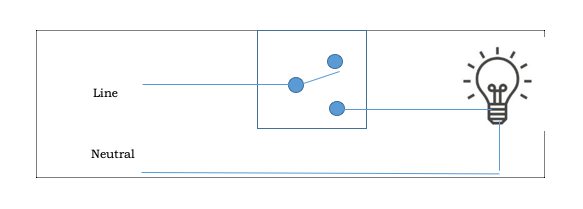
To connect a 3-way switch system, you will only need 2 of such switches. It will help you control an appliance from a maximum of 2 different locations as shown in figure-3. Due to the presence of multiple terminals as travelers you can control perfectly from different locations.
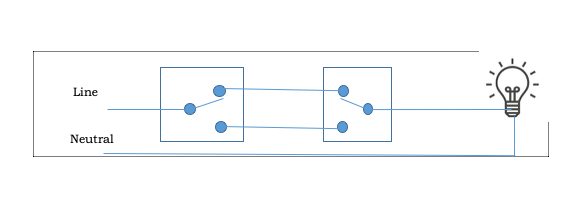
Ultimately you can see that a 2-way switch can serve you both as a 1-way switch and a 3-way switch. So, it gives you the most advantage keeping aside the little money it costs more than a 1-way switch.
Frequently Asked Questions (FAQs)
1. Can A 3-Way Switch Be Used As A 2-Way Switch?
Yes, you can use a 3-way switch as a 2-way switch. A 3-way switch is mainly an application of a 2-way switch. So, just putting out one of the SPDT, you can easily convert it into a 2-way switch.
2. Can I Use A 2-Way Light Switch As A 1-Way?
Yes, you can use a 2-way light switch as 1-way. Just use the common terminal and one of the other two terminals like shown in figure-2.
3. Can I Use A 4-Way Light Switch As A 3-Way?
You cannot use a 4-way light switch as a 3-way. Because there is no common terminal in a 4-way switch rather it’s a toggle switch.
4. Can I Use A 4-Way Switch As A 2-Way?
No, you cannot use a 4-way switch as a 2-way. Since 4-way switch is a Double Pole Double Throw switch, you cannot replace it with a SPST switch.
Summary
There are significant differences between the different types of switches. You need different one for different job. So, you need to know the difference between them to pick the one you need. This article gives you a reflect to the comparisons and differences between the switches.
If you are going to choose one for yourself, I think you have enough knowledge now to get it done. If you are looking to control your light from a single place, choose a 1-way switch. It will save your money. But if you want to control the light from 2 different places, 3-way switch is what you need. See you in our next article. Stay well!!

